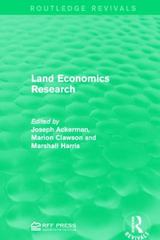Answered step by step
Verified Expert Solution
Question
1 Approved Answer
Dataset: World Bank World Development Indicators Database http://databank. worldbank.org/data/reports.aspx?source=world-development-indicators Background data collection and analysis: 1. Download data on total CO, emissions for China, India, and

Step by Step Solution
There are 3 Steps involved in it
Step: 1

Get Instant Access to Expert-Tailored Solutions
See step-by-step solutions with expert insights and AI powered tools for academic success
Step: 2

Step: 3

Ace Your Homework with AI
Get the answers you need in no time with our AI-driven, step-by-step assistance
Get Started


